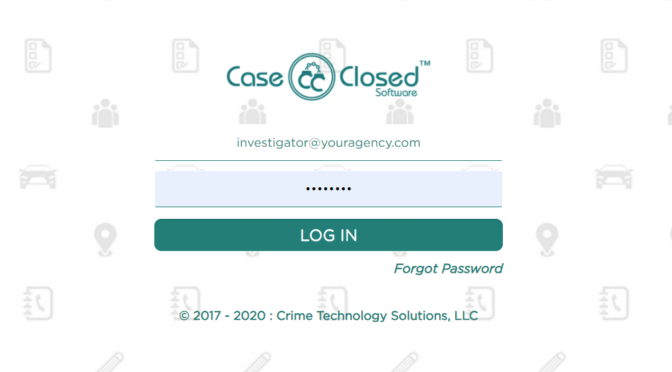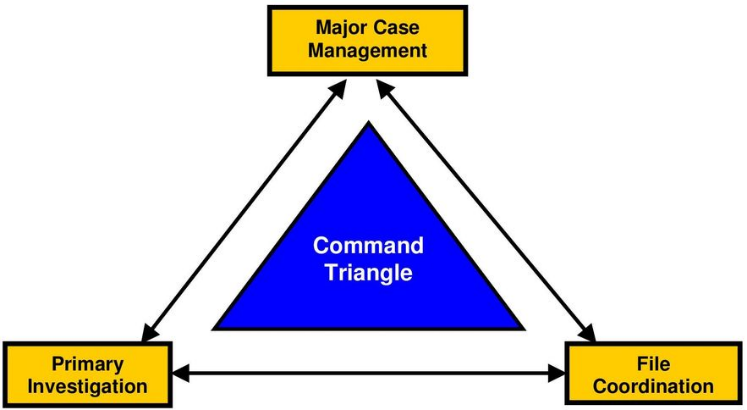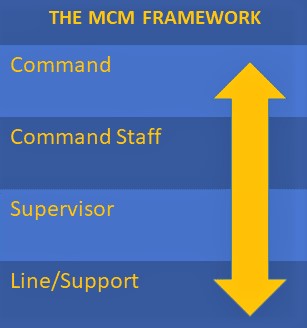Crime Technology Solutions, LLC has deployed a new global release of its Case Closed Software that focuses on helping organizations better manage complex, multi-jurisdictional investigations.
“Case Closed Software is widely recognized as the only true investigation software for multi-jurisdictional investigative agencies”, said the company’s CEO and founder Douglas Wood. “With our latest version, we expand even further into solving the unique problems faced by task forces, global organizations, and other more specialized investigation units”.
New features of Case Closed Software include:
- Multi-Language Support, which enables Case Closed Software users to interact with the application in any language they choose. All data is translated in realtime so users who speak different languages can share intelligence and case information.
- Integrated Operations Plan gives organizations the ability to plan and execute strategic investigative operations across jurisdictions. With Case Closed Software’s Operations Plan, users are all executing their initiatives in sync, and everyone is on the same page in terms of strategy and tactics.
- Improved data entry options, making it easier for investigators to quickly get relevant information into the system. The new system allows administrative re-naming of fields for localization, enhanced drop-down menu functionality, and the ability to remove unused fields completely from the interface.
- Case Visualization allows users to quickly visualize the elements of their case using integrated link analysis software. Entities such as people, locations, and vehicles are displayed in a simple ‘tree format’ that allows users to click through information related to those entities. With this feature, users can easily view where else their case entities exist within the system across cases and across jurisdictions.
- Google Location Integration, allowing critical addresses and locations to be entered quickly and accurately. Not all locations are addresses, and the new Case Closed Software features allow users to pin locations on an integrated map. Lat/Long, country, province/state, etc are all auto-populated.
“With global customers like Humane Society International, Exodus Road, and others it is important to continually strive to keep our Case Closed Software at the head of the class. Our latest version is another step in our endless march to remain the go-to solution for investigation case management.”
Download the Case Closed Software product sheet for Multi-Jurisdiction Investigations.
Or, for more information about Crime Technology Solutions, LLC and Case Closed Software, visit https://www.caseclosedsoftware.com







 Douglas Wood is CEO of
Douglas Wood is CEO of  Tupac was an American rapper and actor who came to embody the 1990s gangsta-rap aesthetic, and was a key figure in the feud between West Coast and East Coast hip hop artists. Simply put… he was famous as hell. Hence, a far-too-routine shooting became a Major Case in the blink of an eye. The case remains unsolved.
Tupac was an American rapper and actor who came to embody the 1990s gangsta-rap aesthetic, and was a key figure in the feud between West Coast and East Coast hip hop artists. Simply put… he was famous as hell. Hence, a far-too-routine shooting became a Major Case in the blink of an eye. The case remains unsolved. After weeks of testimony, and a clear nation-wide division between those who believed Simpson to be innocent and those who believed him guilty, Simpson was acquitted of the murders on October 3, 1995.
After weeks of testimony, and a clear nation-wide division between those who believed Simpson to be innocent and those who believed him guilty, Simpson was acquitted of the murders on October 3, 1995.  The ‘Met’, as the museum is known, is one of the most-visited and famous museums on the entire planet. Murders don’t happen in world-famous places like this, and the case became the top story on the evening news for months and months. That is one major single-incident Major Case.
The ‘Met’, as the museum is known, is one of the most-visited and famous museums on the entire planet. Murders don’t happen in world-famous places like this, and the case became the top story on the evening news for months and months. That is one major single-incident Major Case. On the morning of December 26, 1996, John Ramsey found his daughter’s body with duct tape over her mouth and a cord twisted around her neck in the basement of the family home. John’s wife, Patsy, says she found a ransom note demanding $118,000 for JonBenét’s return – an amount that is purported to match exactly a recent work-related bonus that John Ramsey had received. Despite these odd circumstances, the couple retained lawyers and were not formally interviewed by police for over 4 months. (The case has never been solved, and Boulder Police have cleared the couple of any wrongdoing.)
On the morning of December 26, 1996, John Ramsey found his daughter’s body with duct tape over her mouth and a cord twisted around her neck in the basement of the family home. John’s wife, Patsy, says she found a ransom note demanding $118,000 for JonBenét’s return – an amount that is purported to match exactly a recent work-related bonus that John Ramsey had received. Despite these odd circumstances, the couple retained lawyers and were not formally interviewed by police for over 4 months. (The case has never been solved, and Boulder Police have cleared the couple of any wrongdoing.)



 (July 31, 2018) Crime Technology Solutions, LLC is very pleased to announce that one of the largest District Attorneys offices in the United States has selected them to provide sophisticated crime analytics and criminal intelligence management software. The deal, over a year in the making, will see
(July 31, 2018) Crime Technology Solutions, LLC is very pleased to announce that one of the largest District Attorneys offices in the United States has selected them to provide sophisticated crime analytics and criminal intelligence management software. The deal, over a year in the making, will see  At the core of the solution, according to Crime Tech Solutions’ CEO Doug Wood, is the
At the core of the solution, according to Crime Tech Solutions’ CEO Doug Wood, is the 


 Case Closed Software
Case Closed Software